Home>Furniture & Design>Kitchen Furniture>How Many Bar Stools Should You Have
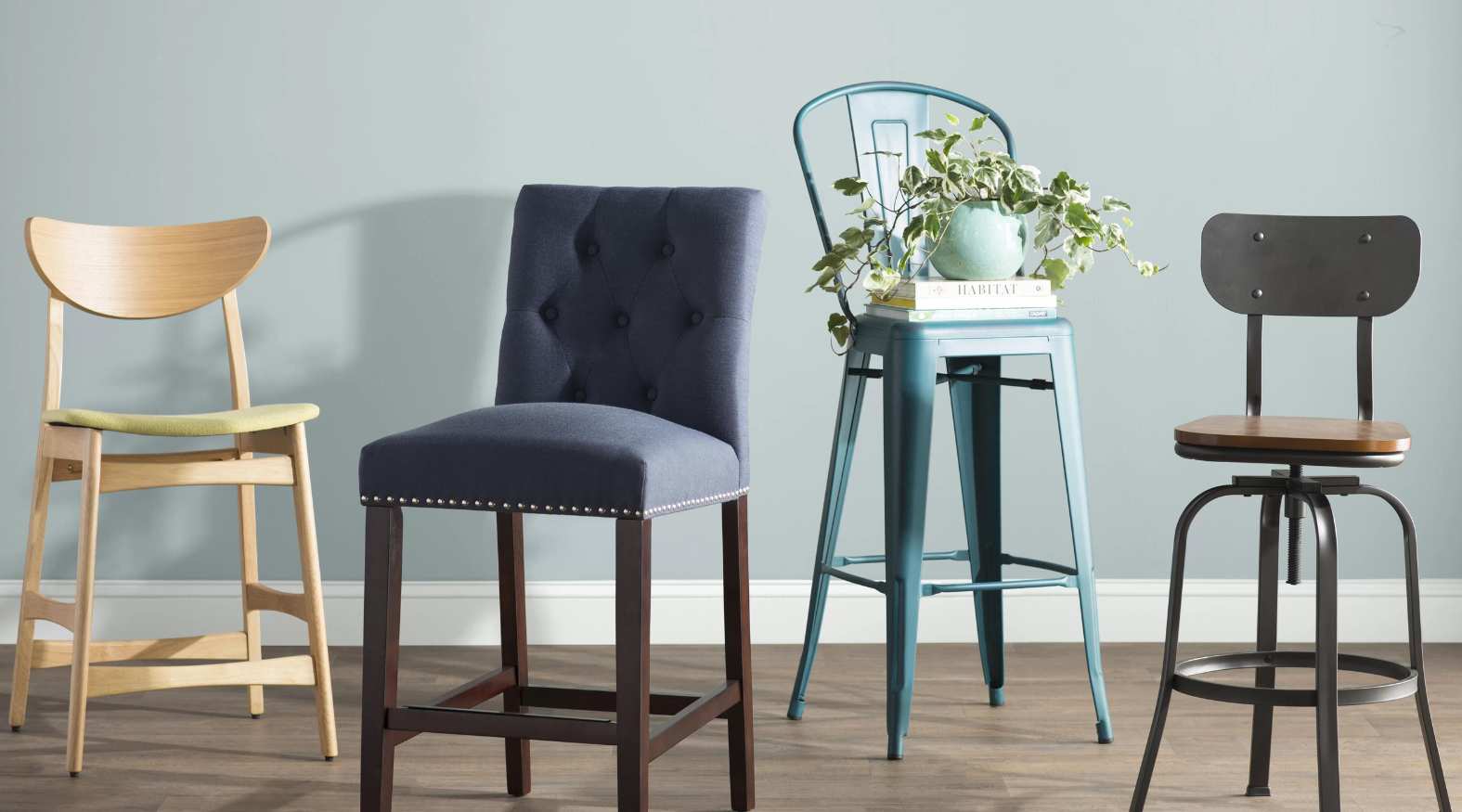

Kitchen Furniture
How Many Bar Stools Should You Have
Published: January 8, 2024
Discover the ideal number of bar stools for your kitchen with our expert tips. Find the perfect balance of functionality and design. Explore our kitchen furniture collection today!
(Many of the links in this article redirect to a specific reviewed product. Your purchase of these products through affiliate links helps to generate commission for Storables.com, at no extra cost. Learn more)
Introduction
When it comes to creating a functional and stylish kitchen, every detail matters, right down to the bar stools. These versatile pieces of furniture not only provide seating but also contribute to the overall aesthetic of the space. However, determining the ideal number of bar stools for your kitchen can be a challenging task. Factors such as the size of the kitchen, the intended function of the seating area, and the desired visual impact all play a crucial role in this decision-making process. In this article, we will explore the key considerations that can help you determine the perfect quantity of bar stools for your kitchen, ensuring a harmonious blend of functionality and design. So, let's delve into the art of finding the right balance for your kitchen seating!
Key Takeaways:
- Finding the perfect number of bar stools for your kitchen involves considering space, function, seating arrangements, and aesthetics. It’s a personalized decision that balances practicality and design to create a welcoming and stylish dining hub.
- The ideal quantity of bar stools is not one-size-fits-all. It’s about creating a space that is both functional and inviting, tailored to your unique lifestyle, household needs, and design preferences.
Read more: How Many Place Settings Should You Have
Consider the Space
Before diving into the specifics of how many bar stools you should have, it’s essential to assess the available space in your kitchen. The physical dimensions of the area where the bar stools will be placed will heavily influence the quantity that can comfortably fit. Consider the following:
- Measurements: Take precise measurements of the designated seating area, including the length and depth of the counter or bar. This will provide a clear understanding of the spatial constraints and help determine how many stools can be accommodated without overcrowding the space.
- Clearance: Allow for ample space between each bar stool to ensure easy movement and comfortable seating. A general rule of thumb is to maintain a distance of about 6-8 inches between stools to prevent a cramped and congested environment.
- Traffic Flow: Consider the traffic flow in the kitchen. If the seating area is positioned along a high-traffic pathway, it’s crucial to leave sufficient space for people to move around freely without disrupting those seated at the bar.
By carefully evaluating the spatial dynamics of your kitchen, you can determine the maximum number of bar stools that can be accommodated without compromising comfort and functionality. This initial assessment sets the foundation for making informed decisions about the quantity of bar stools that will best suit your kitchen space.
Determine the Function
Understanding the intended function of the bar stools in your kitchen is pivotal in determining the appropriate quantity. Different households have varying needs and lifestyles, and the function of the seating area plays a significant role in deciding how many bar stools are necessary. Consider the following aspects when determining the function:
- Everyday Dining: If the primary purpose of the bar stools is to serve as a casual dining area for daily meals or quick snacks, you’ll need to ensure that an adequate number of stools are available to accommodate all members of the household. Factor in the size of your family or the number of regular occupants to determine the required seating capacity.
- Entertaining Guests: For those who frequently entertain guests or host social gatherings in the kitchen, it’s essential to have enough bar stools to accommodate visitors comfortably. Consider the frequency and scale of your gatherings to determine how many additional seats will be needed for such occasions.
- Multi-Functional Space: In some cases, the kitchen may serve as a multi-functional space, accommodating various activities such as meal preparation, dining, and even remote work or study. Assess how the bar stool seating area fits into this multi-functional dynamic and ensure that the quantity of stools aligns with the diverse roles of the kitchen.
By identifying the specific functions that the bar stools will fulfill, you can tailor the quantity to suit your unique lifestyle and household needs. This personalized approach ensures that the seating area not only meets practical requirements but also enhances the overall functionality of your kitchen space.
Consider the size of your bar and the space available. A good rule of thumb is to allow 26-30 inches of space per stool. Also, consider how many people you typically entertain.
Account for Seating Arrangements
When determining the number of bar stools for your kitchen, it’s crucial to account for the seating arrangements and how they align with the overall layout and dynamics of the space. Consider the following factors to ensure that the seating arrangements are optimized for both practicality and visual appeal:
- Symmetry and Balance: If your kitchen features a symmetrical layout, strive to maintain visual harmony by incorporating an even number of bar stools. This creates a balanced and aesthetically pleasing arrangement, especially when the seating area is positioned along a central island or counter.
- Proportions and Scale: Take into account the proportions of the kitchen and the scale of the surrounding elements. The quantity of bar stools should be proportional to the size of the counter or bar, ensuring that the seating complements rather than overwhelms the space.
- Flexibility and Versatility: Consider the potential for flexible seating arrangements. Opting for a quantity of bar stools that allows for occasional adjustments, such as adding or removing seats as needed, provides versatility in accommodating varying numbers of occupants or adapting to different activities in the kitchen.
By carefully considering the seating arrangements within the context of your kitchen’s layout and design, you can ensure that the quantity of bar stools not only meets practical requirements but also contributes to an inviting and well-coordinated aesthetic.
Factor in the Aesthetics
While the practical considerations of seating capacity are paramount, the aesthetic impact of bar stools on the overall visual appeal of the kitchen should not be overlooked. The quantity of bar stools plays a crucial role in shaping the aesthetic character of the space, and it’s essential to factor in the following aspects to achieve a harmonious and visually appealing result:
- Visual Balance: Consider the visual balance and proportion of the bar stools in relation to the surrounding elements in the kitchen, such as the cabinetry, appliances, and overall decor. Strive to achieve a cohesive visual balance that integrates the bar stools seamlessly into the design scheme.
- Openness and Airiness: Assess how the quantity of bar stools impacts the perceived openness and airiness of the kitchen. Avoid overcrowding the space with an excessive number of stools, as this can detract from the sense of spaciousness and flow within the kitchen environment.
- Style and Cohesion: Consider the stylistic elements of the bar stools and how they contribute to the overall aesthetic of the kitchen. The quantity should align with the desired style and theme, whether it’s modern and minimalist, rustic and cozy, or sleek and contemporary.
By factoring in the aesthetic considerations, you can ensure that the quantity of bar stools not only fulfills practical needs but also enhances the visual appeal of the kitchen, creating a cohesive and inviting environment that reflects your personal style and design preferences.
Read more: How Many Bar Stools For A 7-Foot Island
Conclusion
Choosing the right quantity of bar stools for your kitchen involves a thoughtful and multifaceted approach that considers spatial dynamics, functional requirements, seating arrangements, and aesthetic considerations. By carefully assessing these key factors, you can strike a balance between practicality and design, ensuring that the bar stools not only provide comfortable seating but also enhance the overall visual appeal of the kitchen.
Remember, the ideal quantity of bar stools is not a one-size-fits-all solution. It is a personalized decision that takes into account your unique lifestyle, household needs, and design preferences. Whether you envision a cozy breakfast nook for everyday dining, a versatile space for entertaining guests, or a stylish focal point that complements your kitchen decor, the quantity of bar stools should be tailored to align with your specific requirements and aesthetic vision.
Ultimately, finding the perfect balance in the quantity of bar stools for your kitchen involves creating a space that is both functional and inviting, where every seat serves a purpose and contributes to the overall harmony of the environment. By considering the space, determining the function, accounting for seating arrangements, and factoring in the aesthetics, you can confidently select the right quantity of bar stools that transforms your kitchen into a welcoming and stylish hub for dining, socializing, and everyday enjoyment.
Frequently Asked Questions about How Many Bar Stools Should You Have
Was this page helpful?
At Storables.com, we guarantee accurate and reliable information. Our content, validated by Expert Board Contributors, is crafted following stringent Editorial Policies. We're committed to providing you with well-researched, expert-backed insights for all your informational needs.
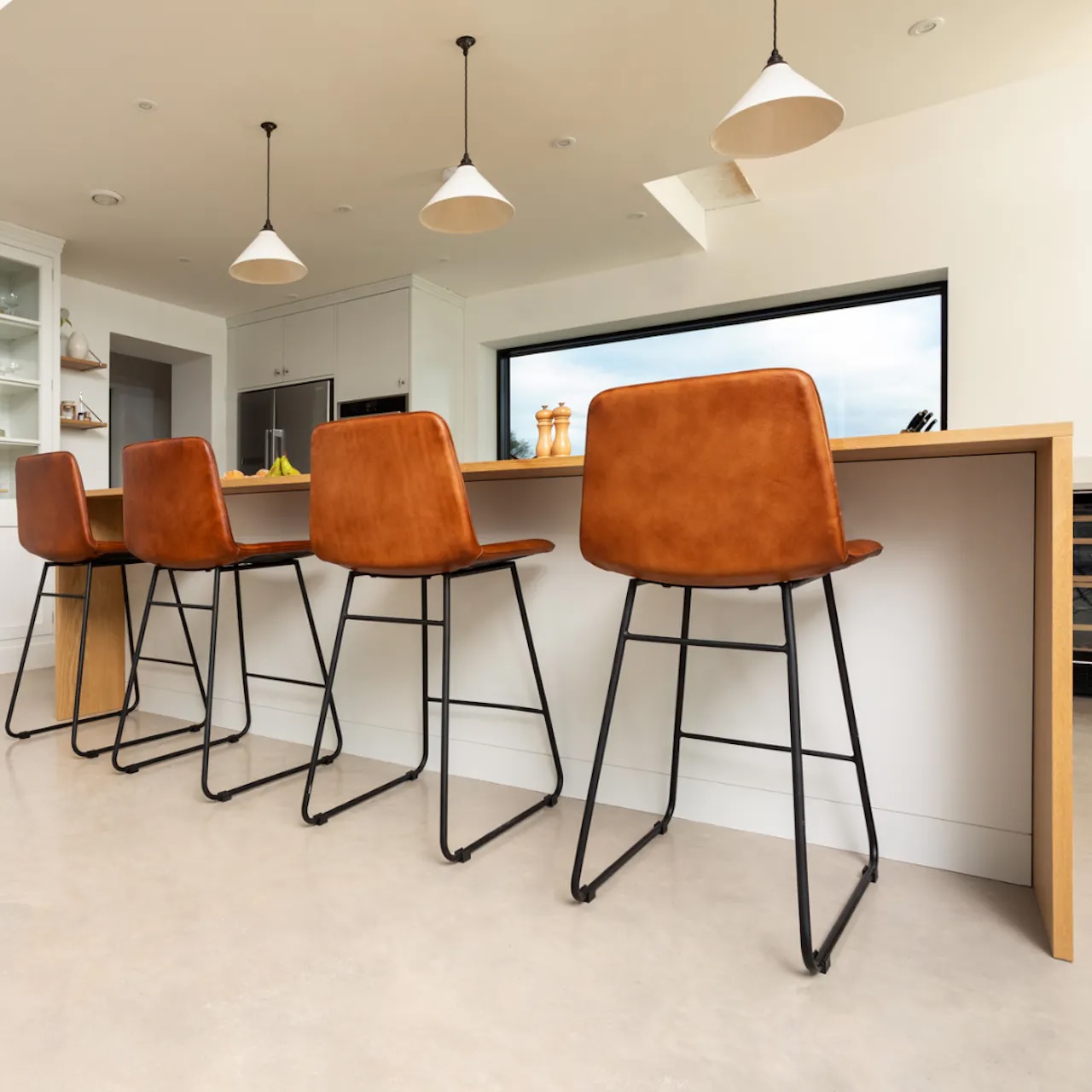
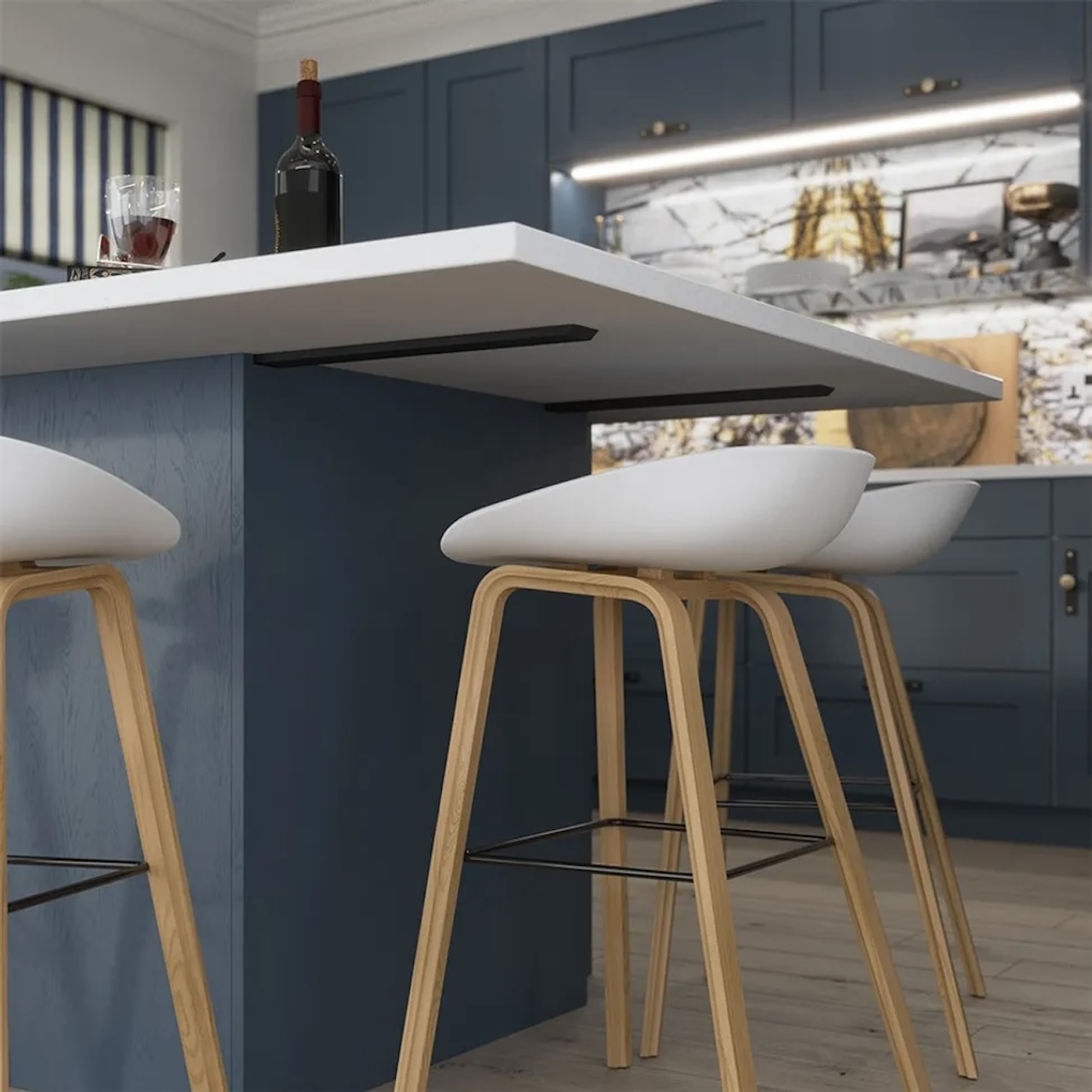
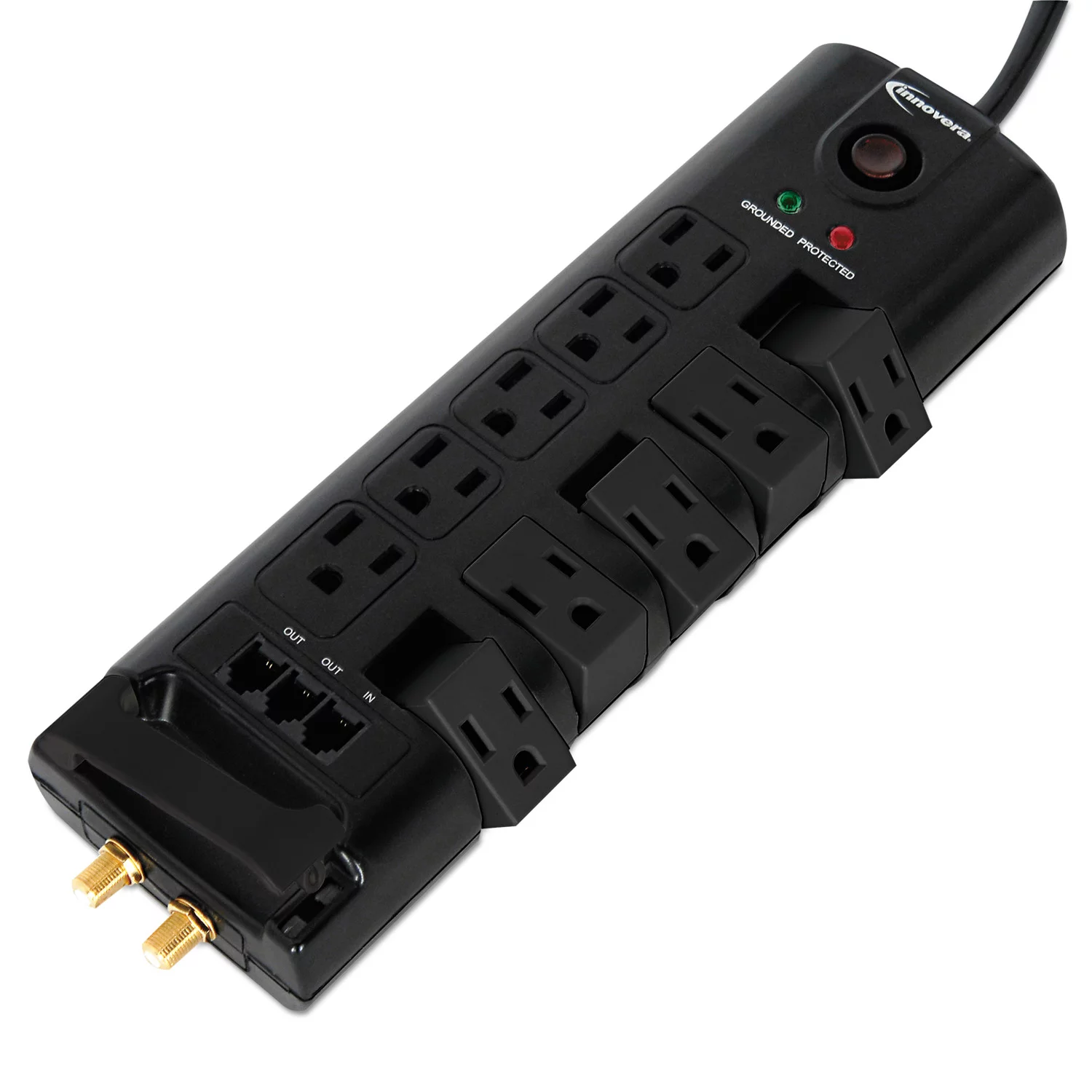
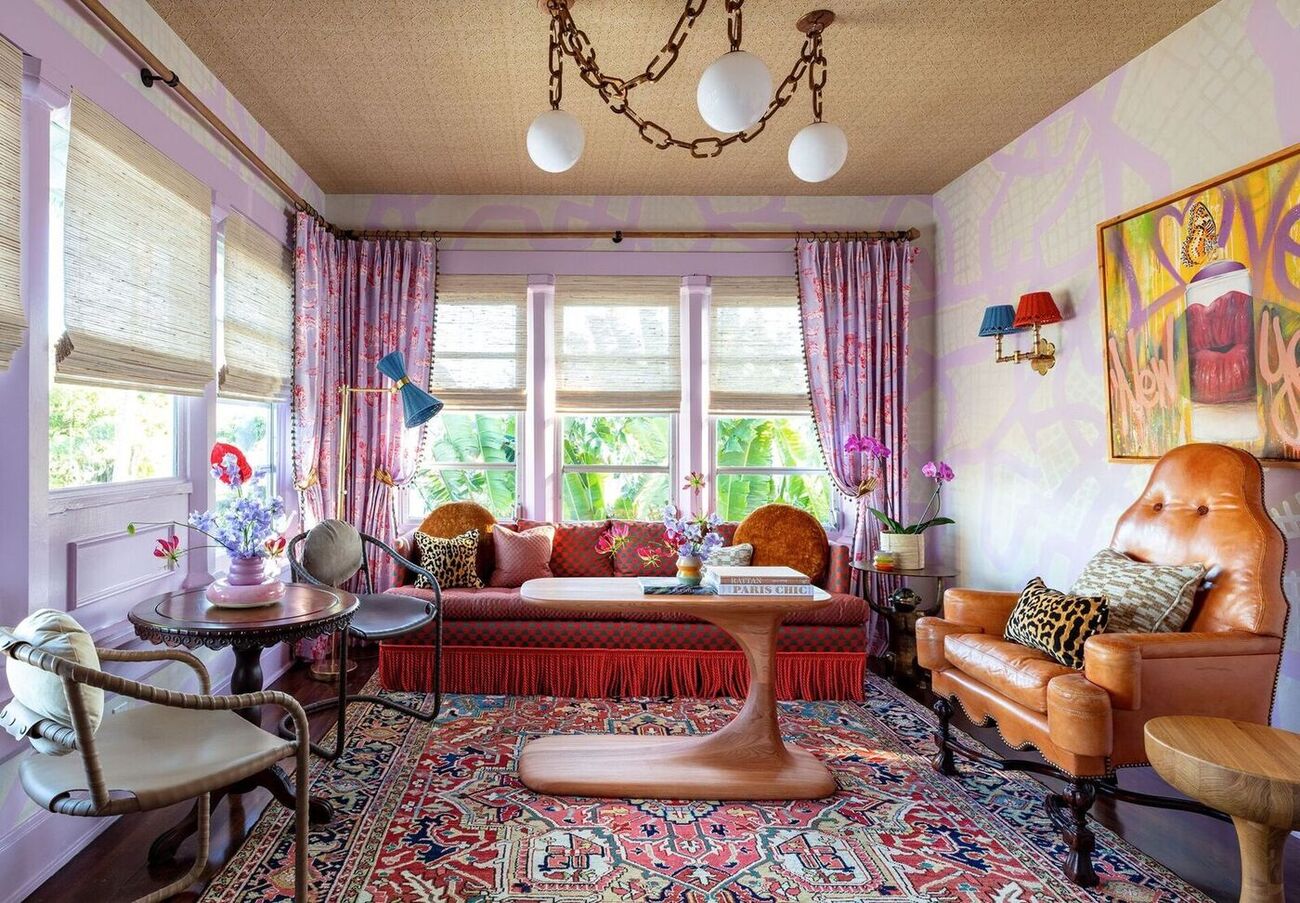
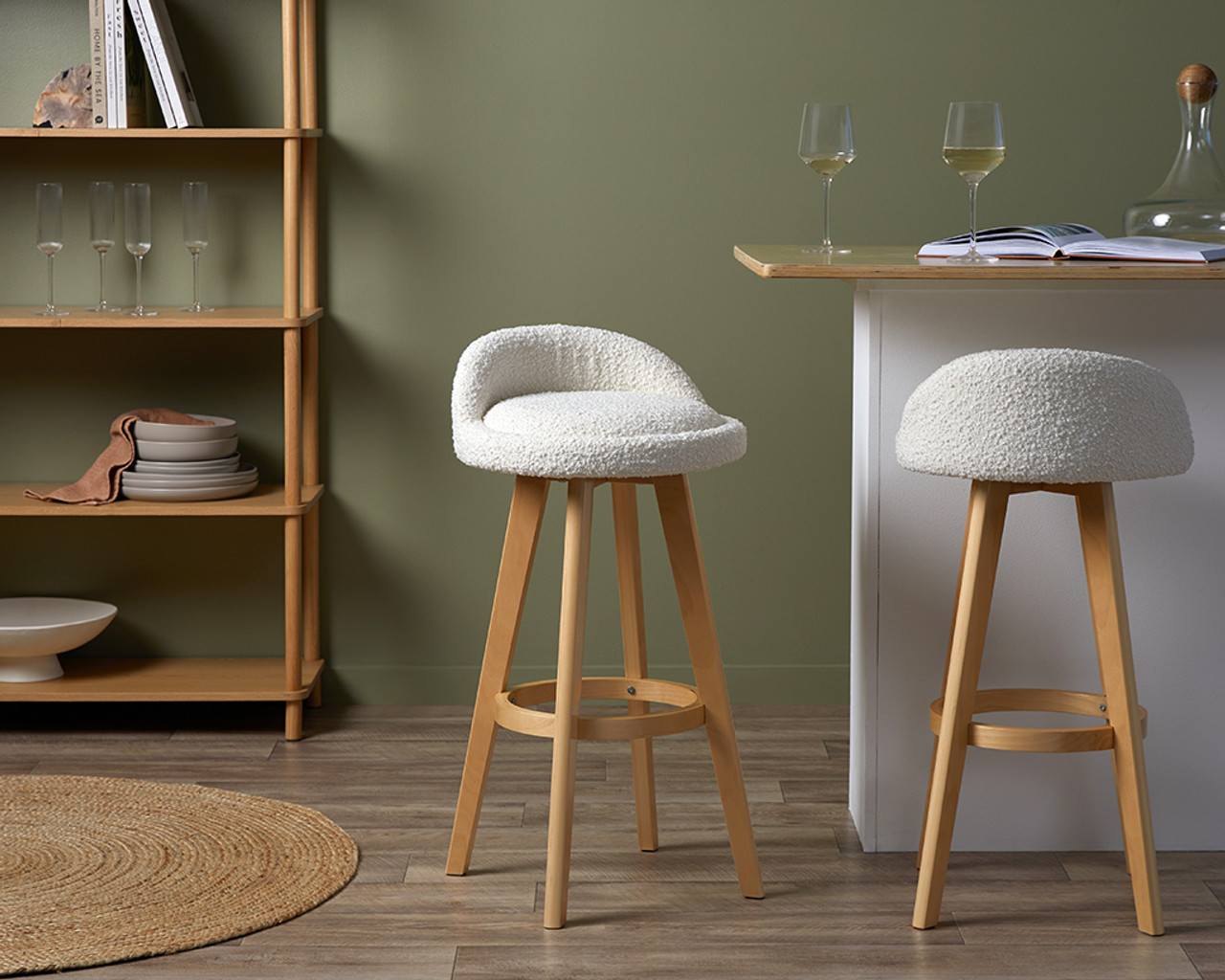
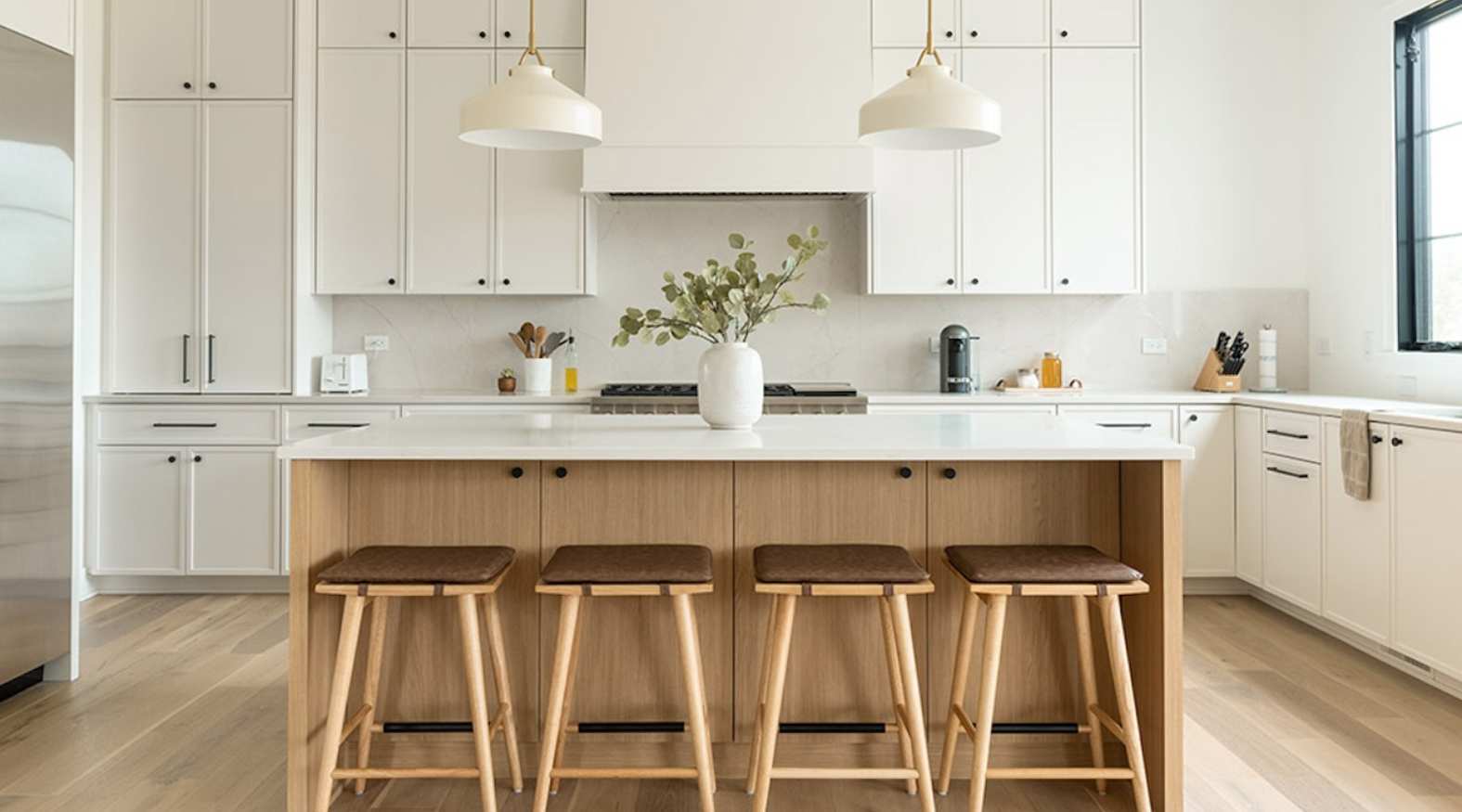
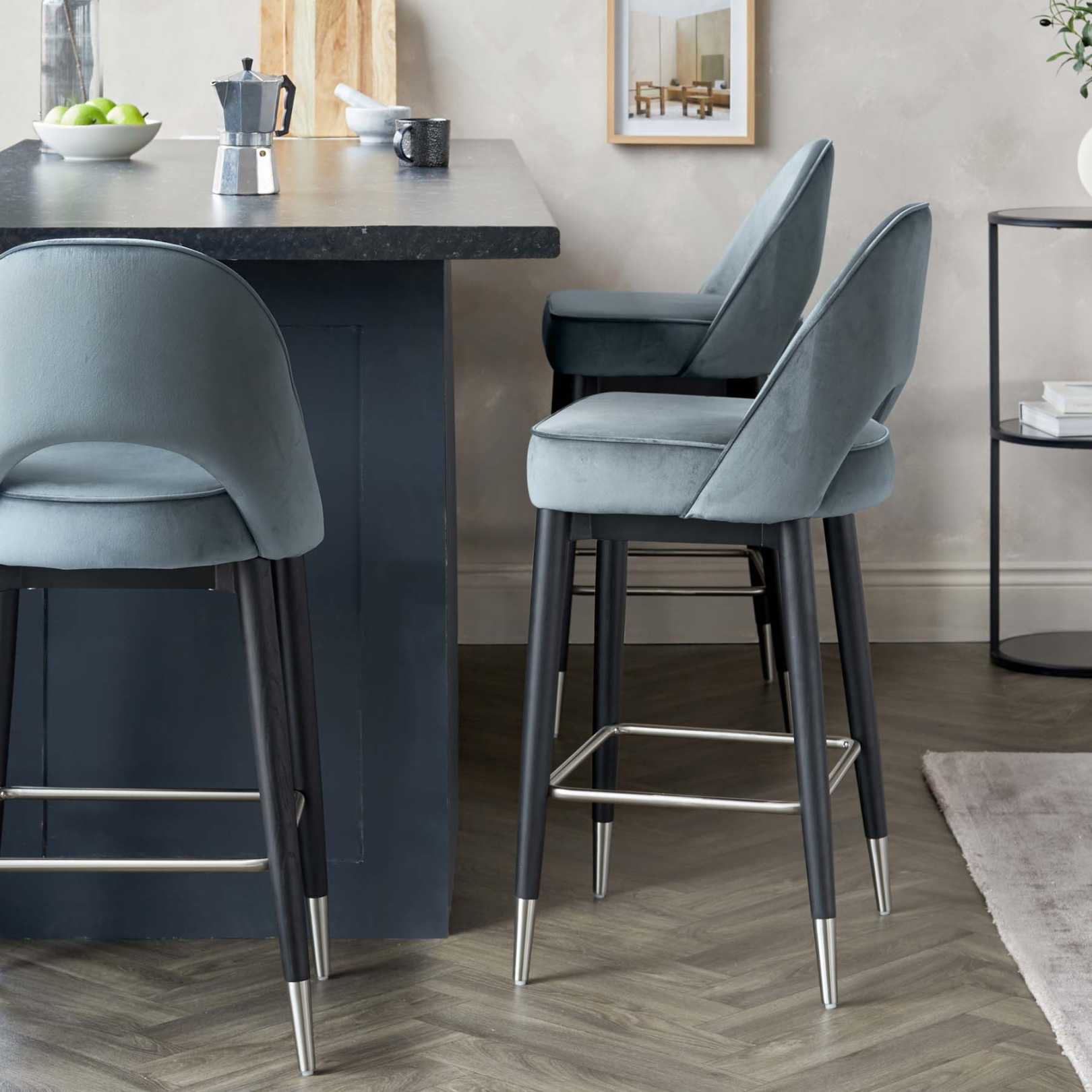
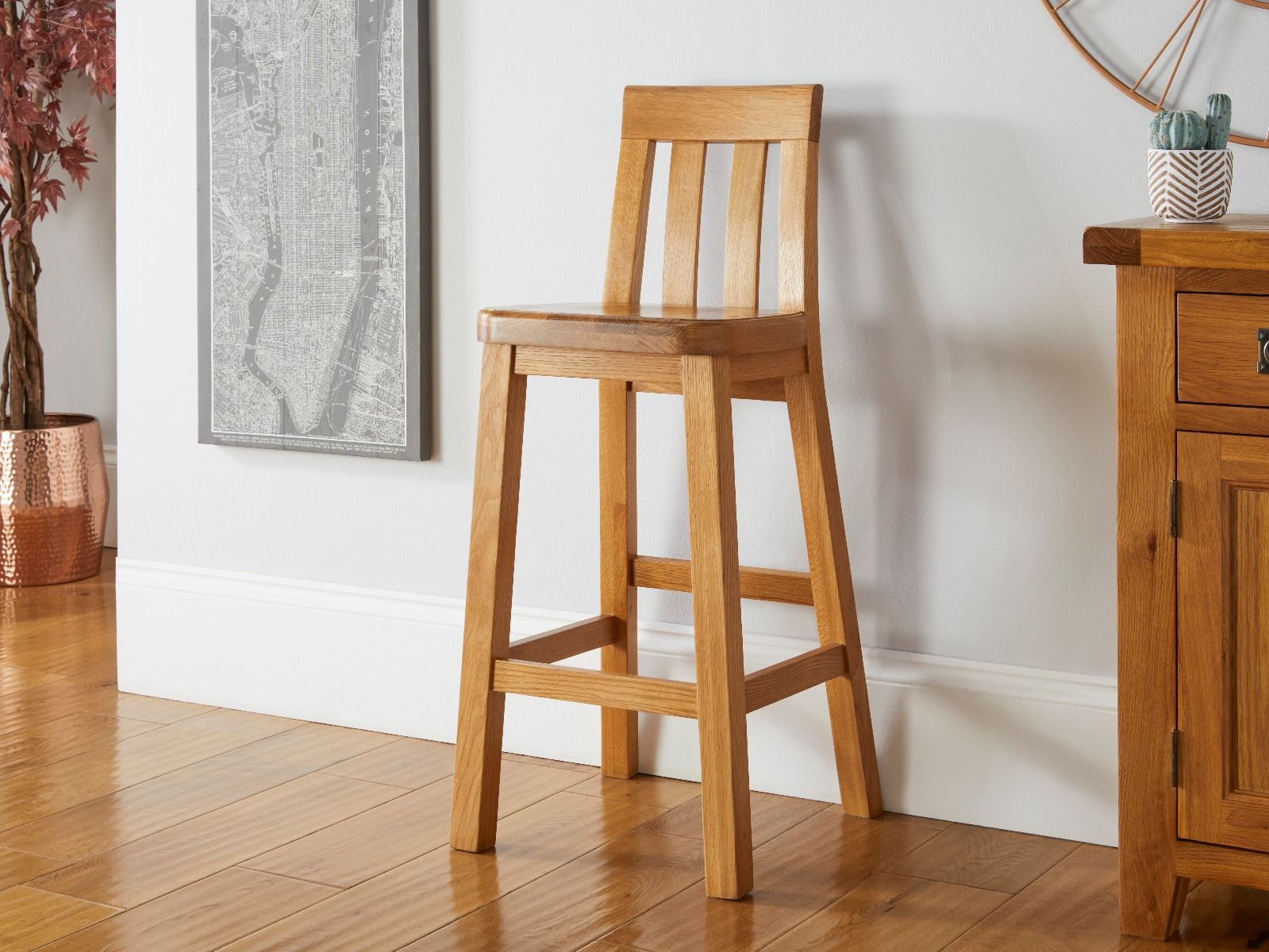
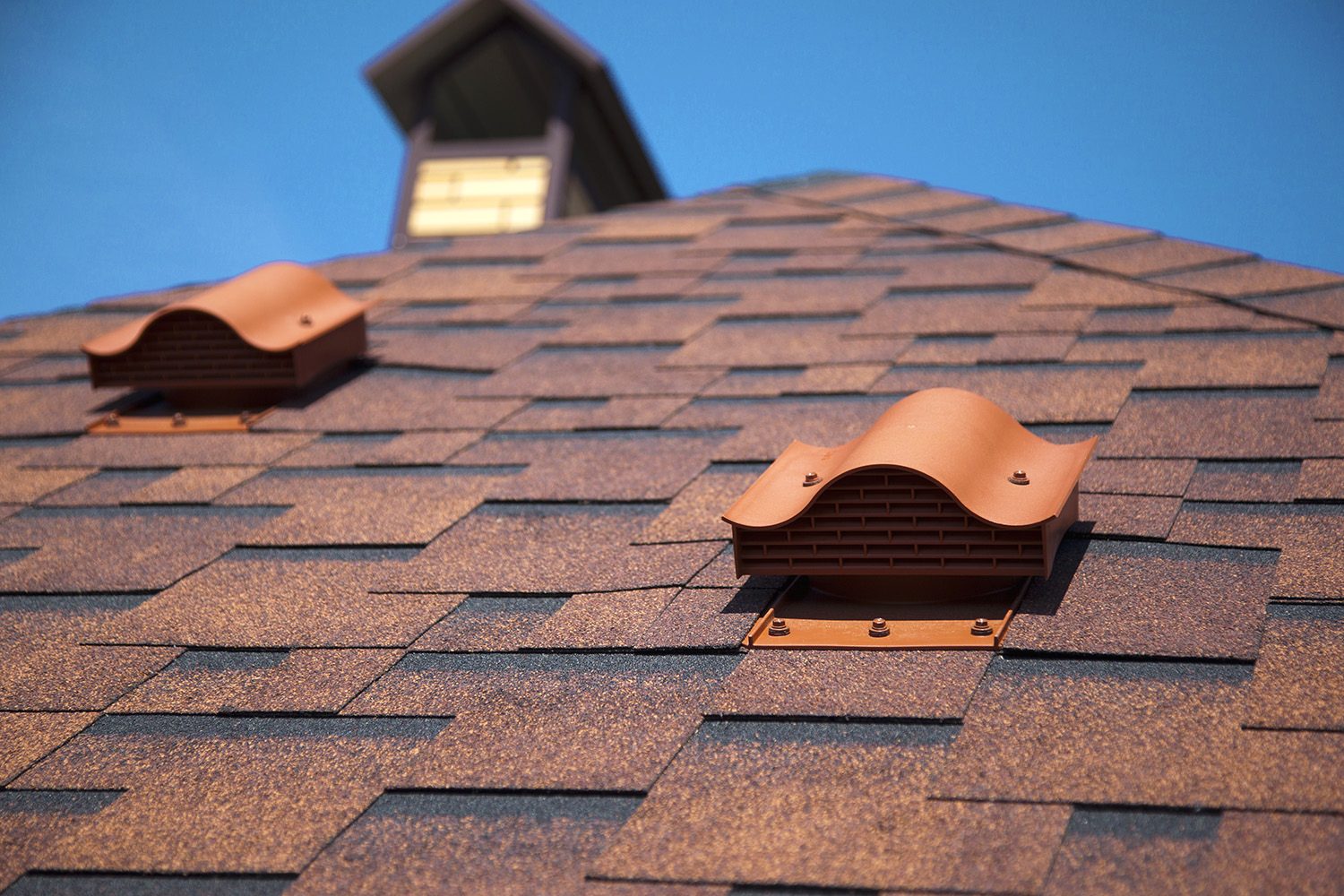
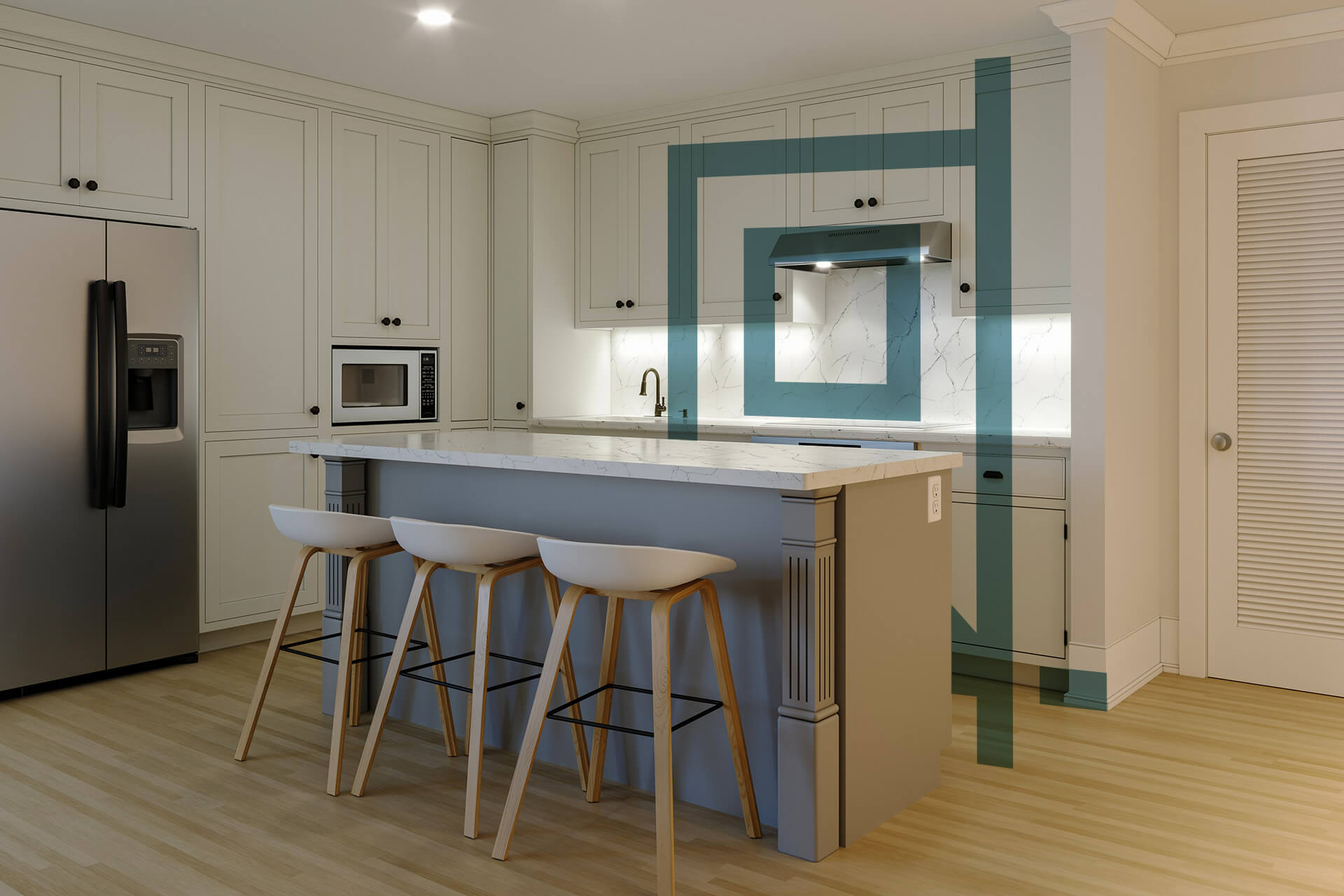
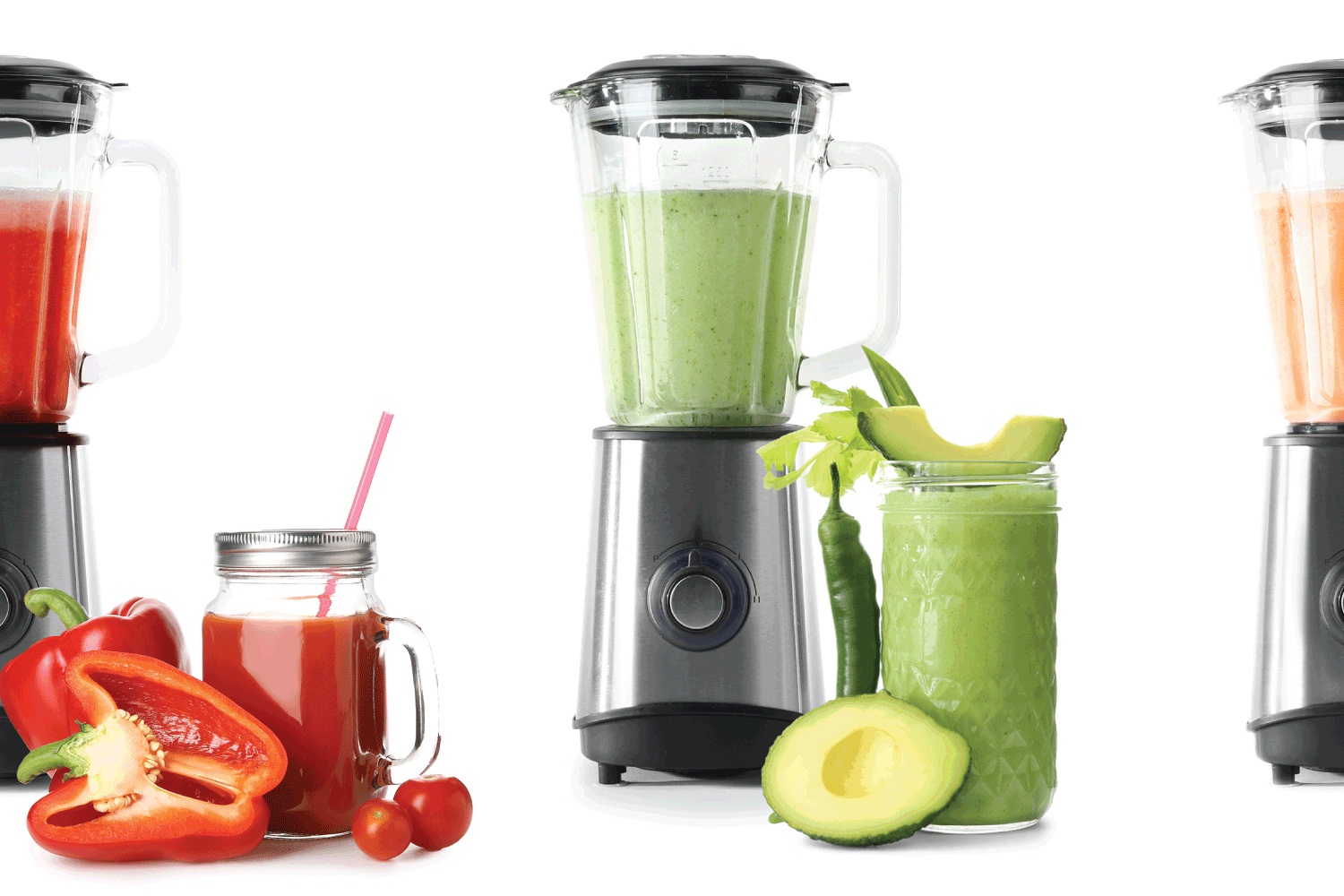
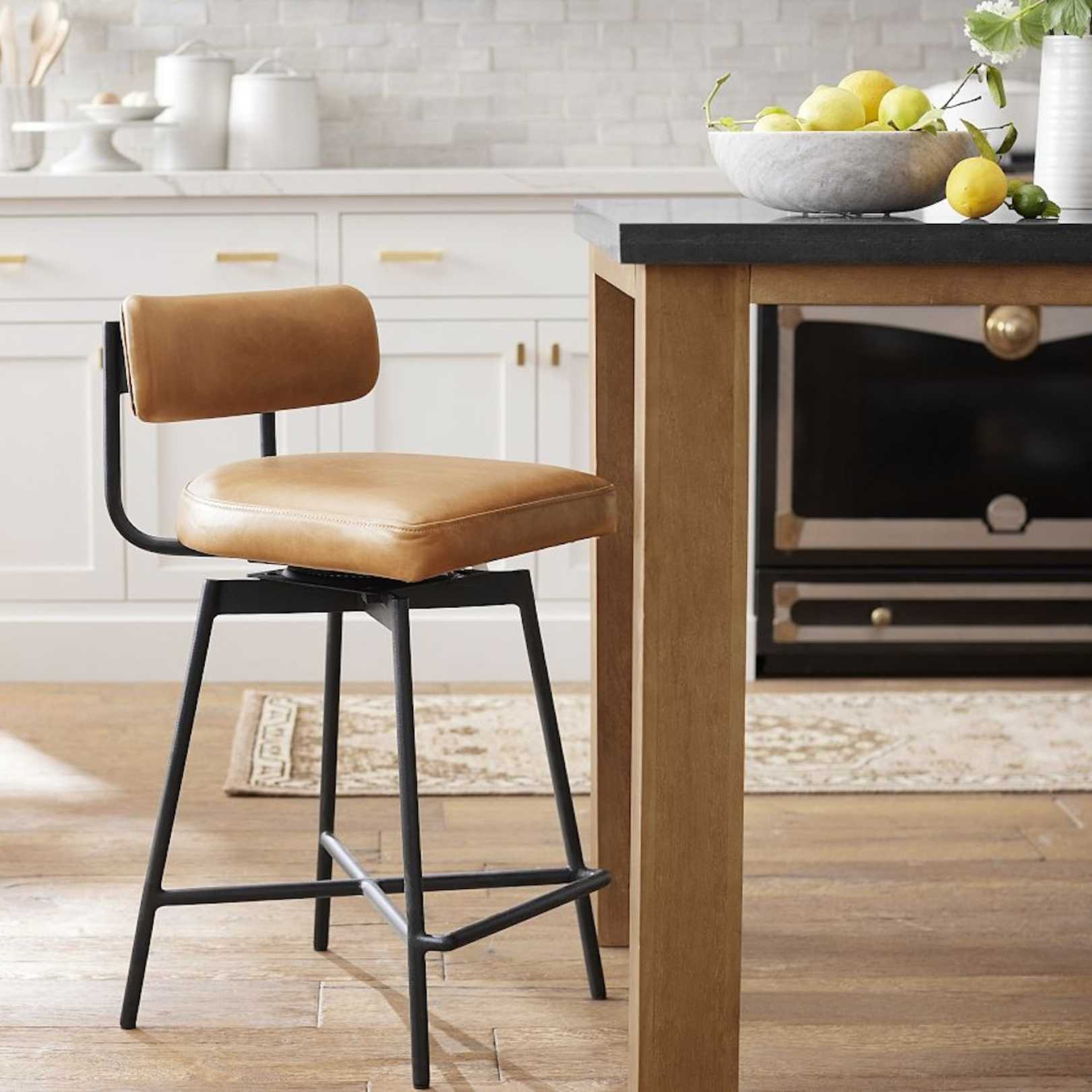
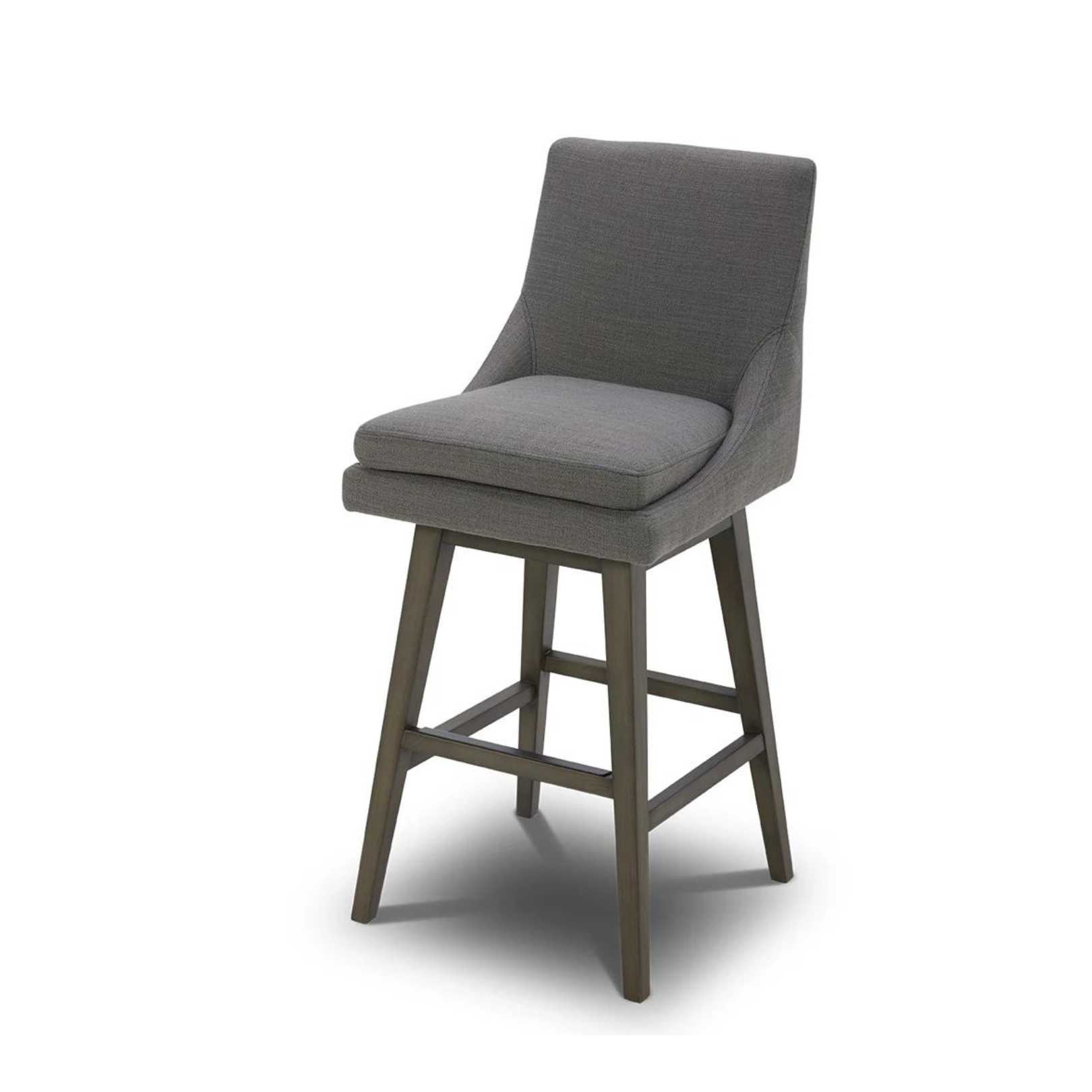
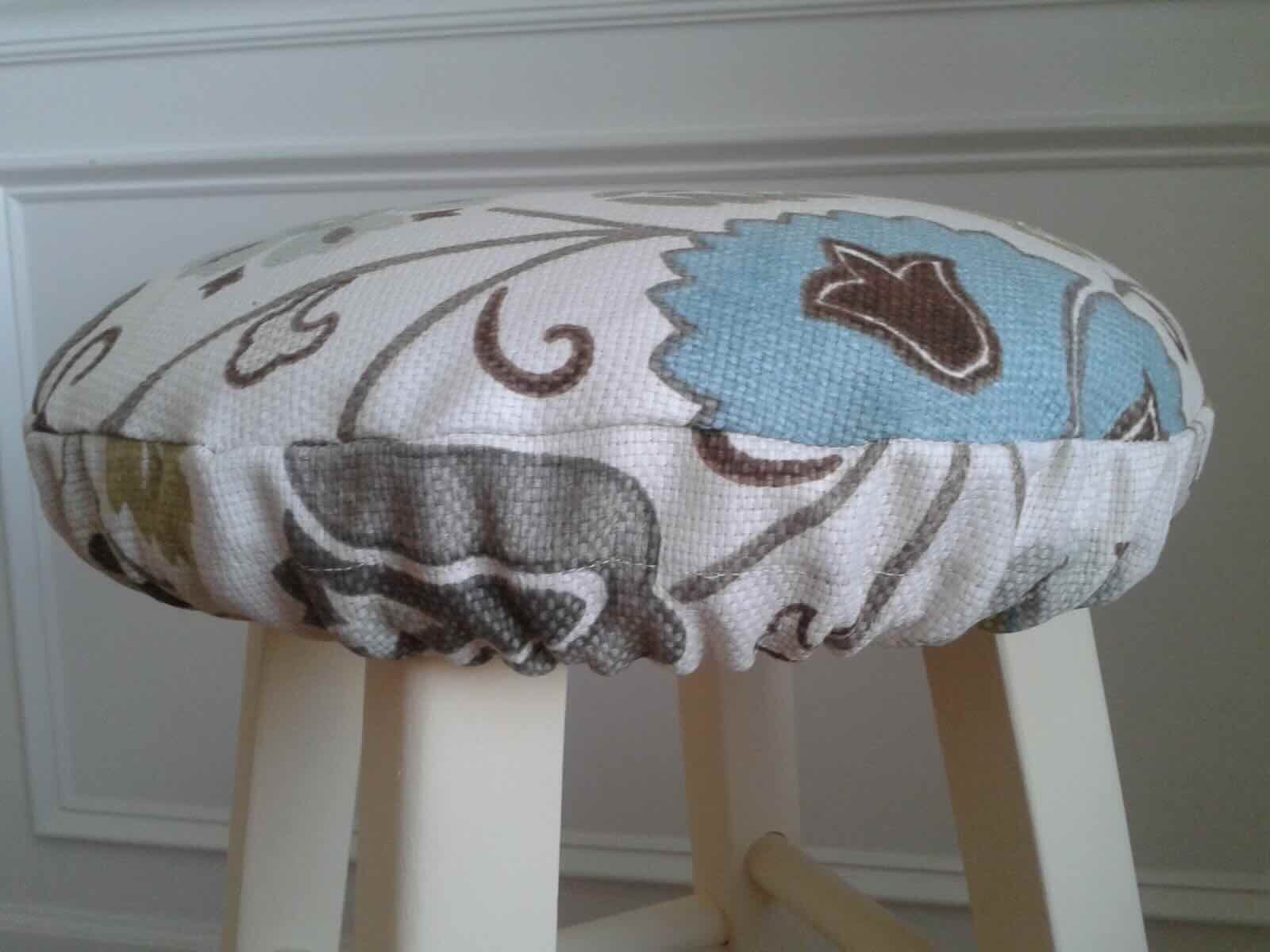

0 thoughts on “How Many Bar Stools Should You Have”